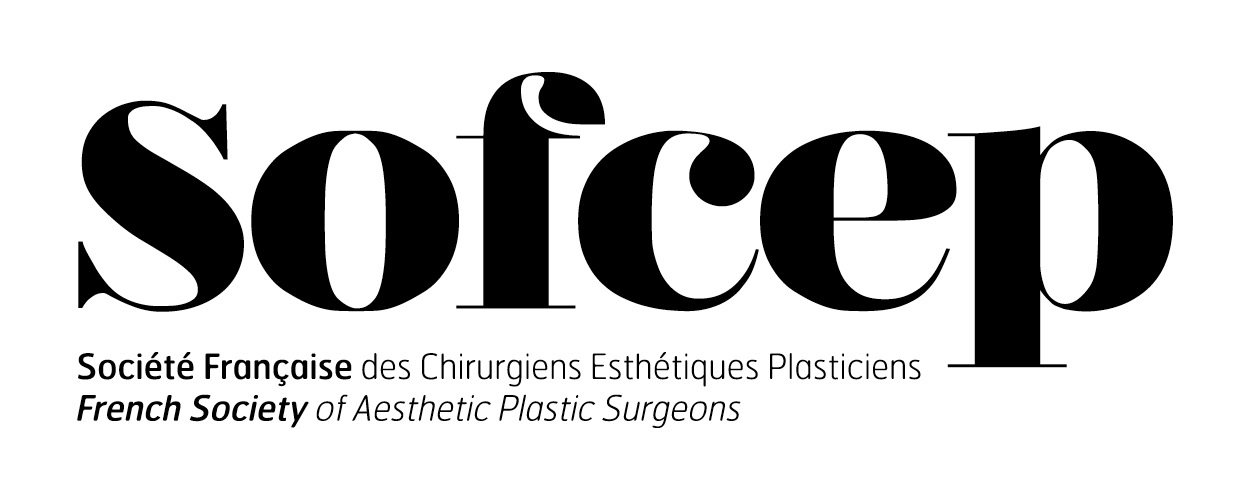GO BACK
IMCAS World Congress 2025
IMCAS World Congress 2025
Program
Adapt the schedule of the livestreamed class/congress to your time zone
Time zone reference: (UTC+02:00) Europe, Paris
Facelift: Deep or not deep, that is the question (in collaboration with SOFCEP)
Room: Amphi Havane - Level 3
Date: Saturday 1 February 2025 at 14:00 to 15:30
Format: FOCUS SESSION > lectures covering a major topic of the congress
Date: Saturday 1 February 2025 at 14:00 to 15:30
Format: FOCUS SESSION > lectures covering a major topic of the congress
Lectures of the session
| Hours | Speakers | Lecture title | Abstract | Number |
| 14:00 | Should you be afraid of Auerswald net in deep facelift? 2 years of experience | 140384 | ||
| 14:10 | Facelift: Plication or SMAS undermining what I've learned from 25 years of using the 2 techniques | 142881 | ||
| 14:20 | Deep facelift: Any nerves concern? | 140385 | ||
| 14:30 | MACS lift tips and tricks: A 522-case review | 140387 | ||
| 14:40 | Preservation Facelift: Extended deep plane with limited skin dissection, from anatomy to improved results | 140388 | ||
| 14:50 | The face and neck lift objective photo-numerical assessment scale: A complete scale for facelift evaluation | 140389 | ||
| 15:00 | My quest to deep plane facelift: Medical influencers | View | 145087 | |
| 15:10 | Preservation deep plane Facelift: Benefits and comparison with the standard SMAS facelift | View | 145151 | |
| 15:20 | Discussion and Q&A | 140391 | ||




















